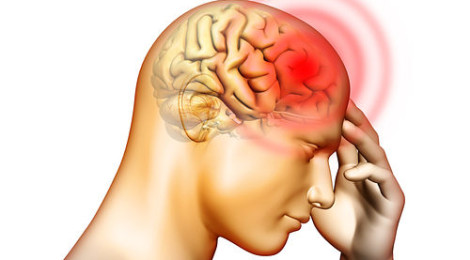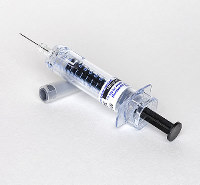The use of mechanical and pharmacologic prophylaxis for prevention of deep venous thrombosis (DVT) and venous thromboembolism (VTE) in trauma patients is nearly universal. However, no matter how closely we adhere to existing guidelines, some patients will develop these conditions. Indeed, about 80% of patient who suffer some type of VTE event were receiving prophylaxis at the time.
Trauma is a major factor in causing hypercoagulability. Although current chemoprophylaxis focuses on clotting factors, platelets play a big part in the clot formation process. Our usual drugs, though (various flavors of heparin), have no effect on them.
What about adding aspirin to the regimen? My orthopedic colleagues have been requesting this for years. There is a reasonable amount of data in their literature that it is effect in patients with knee arthroplasty only. As usual, it is misguided to try to generalize management based on experience from one specific body region or operation.
A single Level I trauma center reviewed its data on aspirin prophylaxis for trauma patients. They reviewed their registry data from 2006 to 2011. They identified 172 trauma patients with duplex ultrasound proven DVT. These patients were matched with 1,901 control patients who underwent at least one duplex and never developed DVT. Matching was performed carefully to ensure that age, probability of death, number of DVT risk factors, and presence of TBI were similar. The total number of matched patients studied was 110.
And here are the factoids:
- About 7% of patients with DVT were on aspirin at the time of their injury, vs 14% of the matched controls
- 7% were taking warfarin, and 4% were taking clopidogrel
- Analysis showed that patients taking aspirin had a significantly decreased chance of DVT after injury
- On further analysis, it was found that this effect was only significant if some form of heparin was given for prophylaxis as well.
Bottom line: So before you run off and start giving your patients aspirin, think about what this study really said. Patients taking aspirin before their injury and coupled with heparin after their injury have a lower rate of DVT. It gives us no guidance as to whether adding aspirin after the fact, or using aspirin alone, are useful. And we still don’t know if any of this decreases pulmonary embolism or mortality rates.
Related posts:
- Below knee DVT: worse than we thought
- DVT prophylaxis interruptus
- DVT prophylaxis after solid organ injury
Reference: Aspirin as added prophylaxis for deep vein thrombosis in trauma: a retrospective case-control study. J Trauma 80(4):625-30, 2016.




